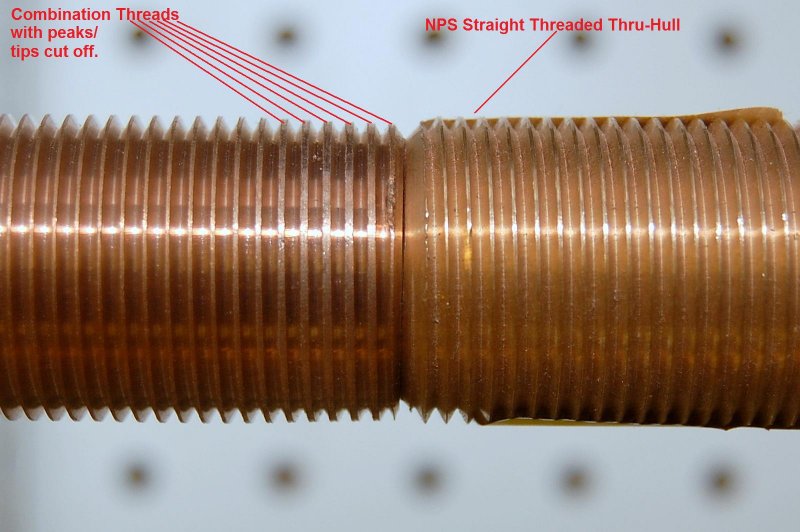What's the difference between a ball valve and a sea cock?
Scott,
By accepted definition any valve below waterline connected to a thru-hull becomes a seacock or sea-valve. Take the valve off the thru-hull and it is a valve/cock, put it back on and it's a seacock/seavalve.

When someone makes mention of a "proper" or "traditional" seacock it will have a wide flange and a means of securing the flange to the hull other than just the thru-hull fitting. Still a seacock though.
The word seacock stems from "cock" meaning:
1- A faucet or valve by which the flow of a liquid or gas can be regulated.
Put sea in front of it and you have seacock. Cock is just another word for valve. Even a gate valve is technically a seacock if used for the purpose of shutting of water flow on a boat. There are different types of seacocks that can be used, flanged with ball, flanged tapered cone, flanged adapter with ball valve, valve on a thru-hull, flanged gate (not seen much any more) and non-flanged ball or gate or any other combination.
When you buy from a chandlery they call a flanged valve a "seacock" because that is about the only thing it can or will be used for with the built in flange. If you buy a ball valve you could use it to shut off fuel flow, which is not a seacock, or in a domestic water situation. Not until you connect it to a flanged adapter or thru-hull does it make it a seacock...
Confusing, I know.....


